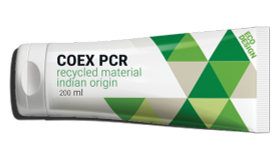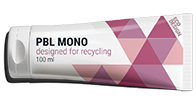Back to overview
RECYCLED (PCR) tube
Sustainably sourced, Ready to Recycle
- 25% lower CO2 emissions compared to standard PE tubes
- Made with up to 77% recycled materials, including 73% PCR plastic
- Compatible with PE recycling streams (according to Recyclass design guidelines)
- Printed with solvent-free colors and and low-solvent varnishes
- Suitable for cosmetics and skincare

- Recycled Content
- Recycling Friendly
- Reduced Material
Recycled Content
Do you want to reduce the virgin plastic content of your packaging?
Incorporating recycled materials into your packaging is a powerful way to drive sustainability and minimize environmental impact. By using materials with a high percentage of post-consumer recycled (PCR) content, you help reduce the demand for virgin plastics, lower your carbon footprint, and contribute to a circular economy.
Many traditional solutions still depend on large amounts of virgin plastic, making it difficult for companies to meet their environmental targets or reduce the financial burden of EPR fees.
Recycled plastics offer an effective route to meeting your sustainability goals, saving significant amounts of virgin plastic content, and reducing EPR fees. By closing the loop and keeping plastic in circulation, recycled materials not only contribute to a greener supply chain but also help your company align with both industry regulations and consumer expectations for eco-friendly packaging.
Recycling Friendly
Are you struggling to find packaging solutions that are truly recyclable?
Packaging made from multiple materials, especially those containing aluminum layers, creates significant challenges for recycling, often resulting in waste streams that are difficult to process efficiently.
By using a single material family, such as PE or PP, for the entire packaging—body, cap, and shoulder—you ensure compatibility with recycling systems. This approach simplifies the process, reducing the risk of materials being diverted to landfills or energy recovery.
Multi-layer or composite materials often mix different substances, making separation and proper recycling nearly impossible. This complexity leads to higher waste and environmental impact.
Our mono-material packaging offers a clear path to recyclability. With all components made from the same material, it can easily be recycled, closing the loop and contributing to a circular economy. This approach not only supports sustainability goals but also reduces the environmental footprint without compromising packaging performance or appearance.
Reduced Material
Are you looking to reduce your packaging’s plastic content?
Many brands are challenged by the carbon footprint of their packaging when using traditional plastic tubes.
Switching to thinner-walled, lightweight tubes significantly lowers your carbon footprint. While thin-walled tubes are common, most solutions overlook the potential to further reduce material use in key areas like caps and shoulders. These components often add unnecessary weight and material, limiting your sustainability goals.
Our advanced tube technology minimizes material usage not only in the walls but also in the caps and shoulder design, all without sacrificing the essential protective barriers that keep your product safe. With our solution, you achieve both sustainability and performance.
Applications
- Skin Care
- Hair Care
- Make-up
- Natural Cosmetics
- Organic Cosmetics
Specifications
| MATERIAL | DIMENSIONS | DECORATION |
|---|---|---|
| Body PE and rPE (up to 73% PCR material) | Diameter 16/19/25/30/35/40/50 mm | Offset Printing Silkscreen Printing Hotfoil Stamping |
| Shoulder rHDPE | Wall thickness 0.35 mm 0.40 mm 0.50 mm | |
| Closure Screw or flip-top caps (rHDPE) | Content 5 - 300 ml | |
| Barrier optional with EVOH | |
| QUALITY | CERTIFICATES |
|---|---|
| Food grade light (FDA NOL) suitable for cosmetic products | ECOCERT; COSMOS, Circpack by Veolia |
| | |
Structure

Certificates


References
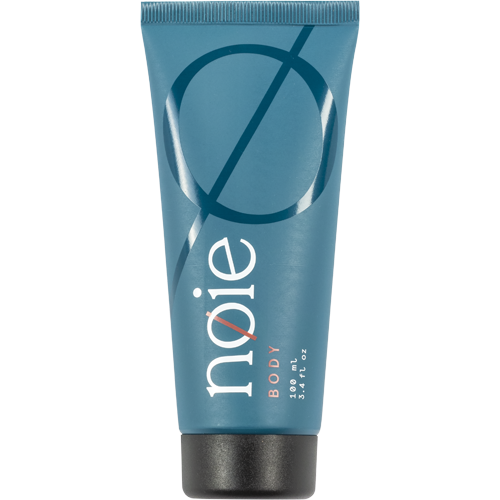
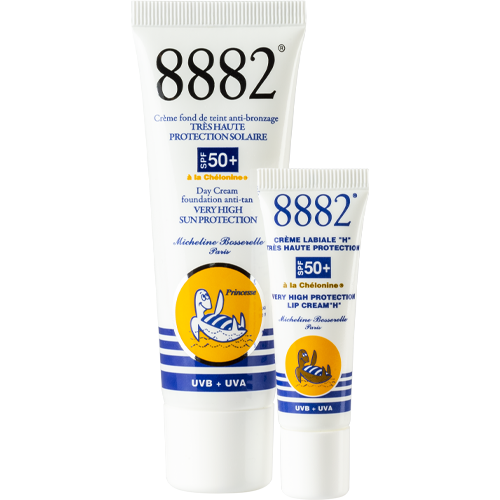
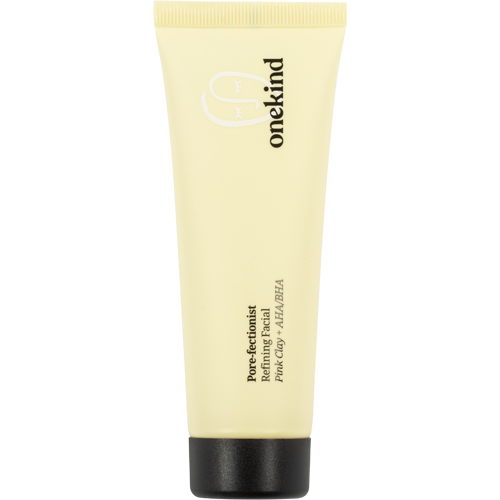
{[{header}]}
Explore region-specific products and solutions.
See what Neopac offers for the US market—tailored products, regulatory-ready tubes, and local production and support.
Go to US pageExplore region-specific products and solutions.
See what Neopac offers for the Indian market—tailored products, regulatory-ready tubes, and local production and support.
Go to Indian page





